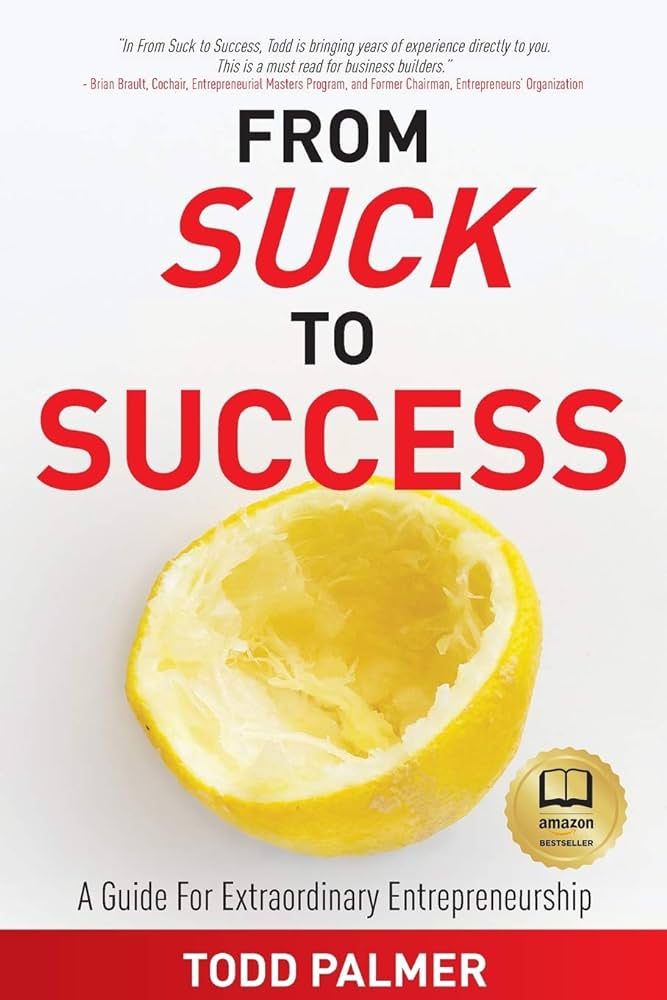Let’s be honest—most founders return from time away completely wrong.
They treat reentry like damage control.
A race to catch up.
A pile of Slack messages, calendar overload, and inbox explosions.
But reentry isn’t about catching up.
It’s about how you show up.
According to the 2025 Entrepreneur Insights Study, 26.9% of founders struggle with poor work-life balance—and that number spikes immediately after vacations, long weekends, or extended breaks.
Why?
Because most leaders jump back into their business without intention.
No reset. No reflection. Just reaction.
What’s Really Happening Beneath the Surface?
Too many founders come back not rested—but rattled.
Not refreshed—but reactive.
And here’s what’s quietly driving that spiral:
- Guilt overstepping away
- Anxiety about being “out of the loop”
- Fear they’re not as essential as they thought
It’s not just the work.
It’s the identity whiplash behind the work.
As I often tell clients:
“You didn’t rest just to earn another sprint. You paused to come back clearer—not just busier.
The Neuroscience of Reentry
Chronic stress spikes cortisol.
That shuts down your prefrontal cortex—the part of your brain responsible for decision-making, planning, and emotional regulation.
If your first day back looks like a calendar tsunami, you’re literally less equipped to lead.
But founders who return intentionally report:
40% fewer symptoms of burnout
2.2x higher Q4 execution rates
Stronger trust and autonomy from their teams
(2025 Entrepreneur Insights Study – 1,000+ founders surveyed)
A Quick Callback: Signal vs. Noise
In last week’s newsletter, I wrote about the danger of drowning in distractions.
Reentry is the ultimate test.
“If your first day back is all meetings, messages, and mindless movement—who’s protecting the signal?”
Your calm becomes their confidence.
Your clarity becomes their compass.
My Story: When Hustle Was Just Fear in Disguise
Back when I ran my staffing company, I had a terrible habit:
Land at the airport.
Fire off emails.
Be in the office by 7 a.m. the next morning.
I thought that’s what strong leaders do.
But it wasn’t strength—it was fear.
Fear of being forgotten.
Fear my team would discover they didn’t need me.
Fear of losing relevance.
Eventually, I got honest with myself—and flipped the script.
Now I build in a 24–48 hour buffer after time away:
No meetings
Journaling
Vision reset
Coaching call
Calendar cleanup
And everything changed.
I came back with presence, not pressure.
And my team didn’t crumble without me—they rose.
Client Spotlight: Melissa’s Re-Onboarding Ritual
Melissa, a longtime founder I coach, used to treat reentry like an emergency landing.
The minute she returned: back-to-back meetings, Slack chaos, inbox dread.
We re-engineered her return.
Now she starts every post-break Monday with:
6 meeting-free hours
A one-on-one with her COO
A two-week reset on her Top 3 priorities
That simple ritual changed everything:
Her biggest deal of the year
Fewer bottlenecks
A more empowered, accountable team
And for the first time, she felt calm, not behind.
Try This: Reentry Diagnostic Prompts
Take 10 minutes to journal on these today:
What habits am I ready to leave behind?
Are you scheduling chaos to avoid making hard decisions?
What energy do I want to bring into Q4?
Are you leading from alignment—or reacting out of anxiety?
If I didn’t check email for 24 hours, would the business survive?
If not, that’s the problem—not your inbox.
What’s my signal this quarter?
Strip away the noise. What moves the mission?
One Last Step: Your 1-Day Re-Onboarding Plan
Before you dive back into your business, carve out 3–6 hours just for:
Regrounding your vision
Identifying your Q4 Top 3
Updating team rhythms
Quiet reflection, coaching, or journaling
This isn’t indulgence.
It’s strategy.
Because clarity isn’t found in catching up—it’s created in how you choose to come back.
Worth Remembering
You don’t need to return as a louder, busier version of yourself.
You just need to return clearer.
Leadership isn’t about being “on” 24/7.
It’s about knowing when to pause, how to reset, and where to reenter.
You took time off for a reason.
Let’s make it count.




